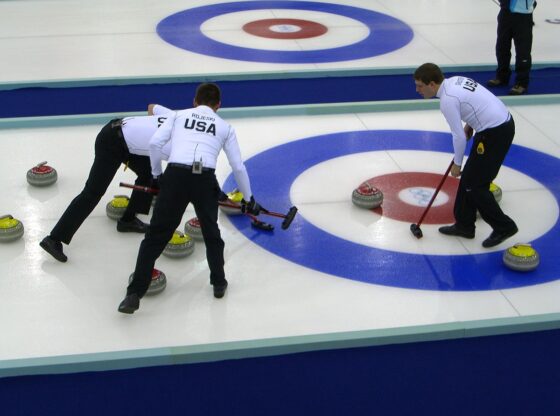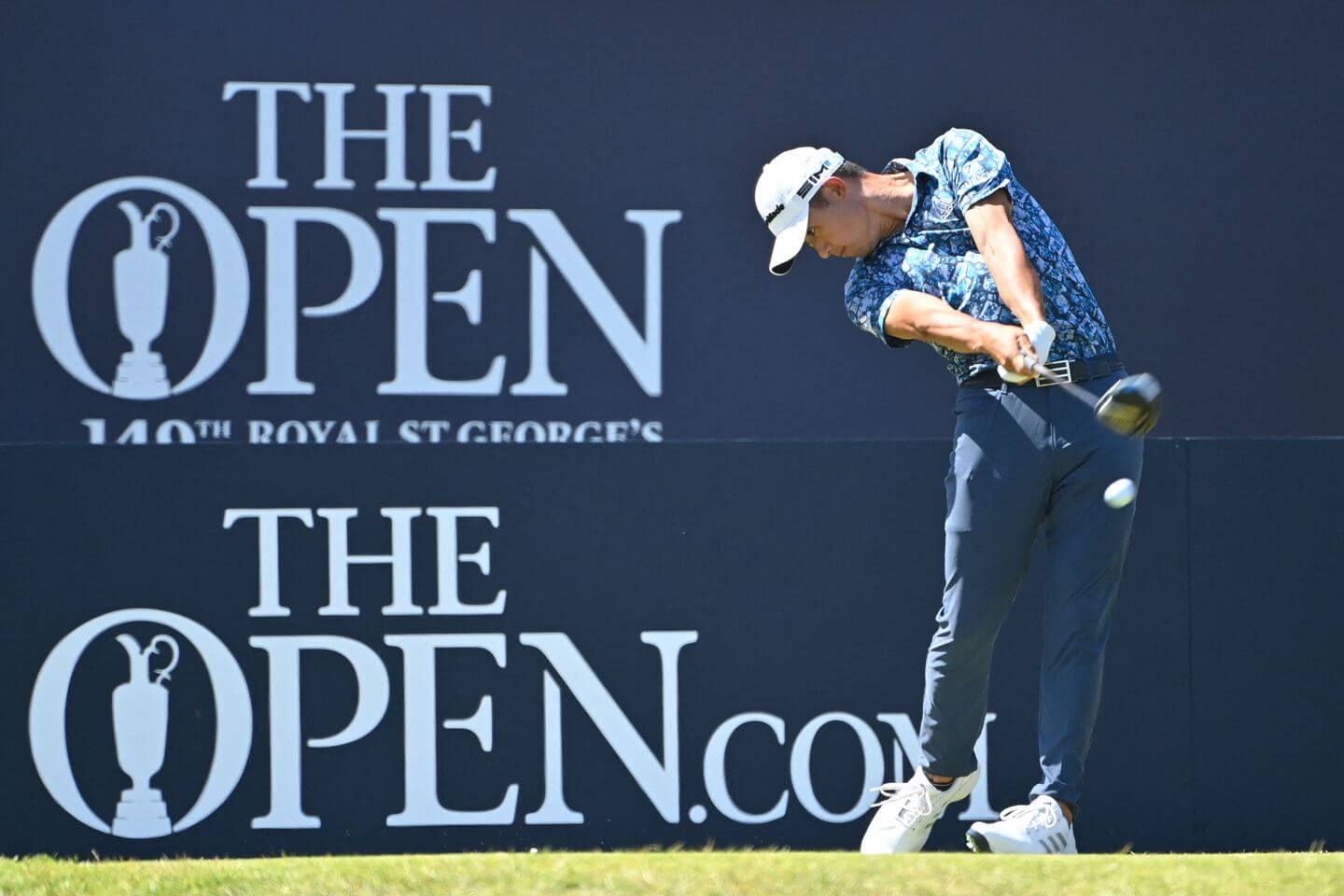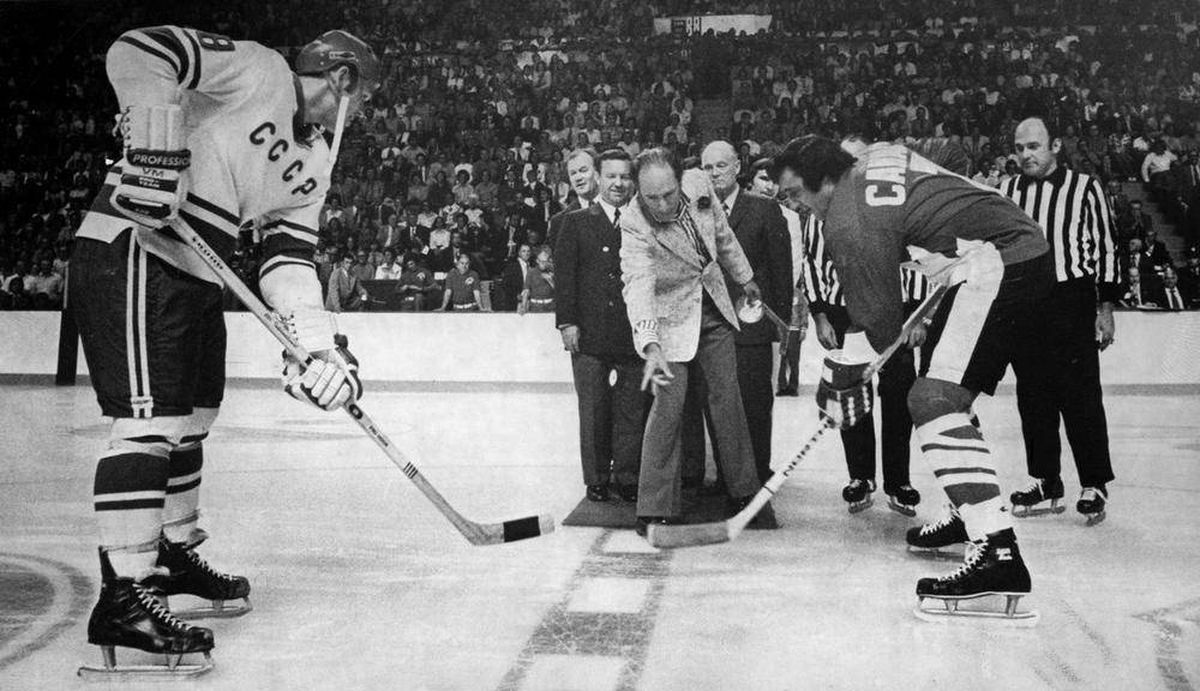The sport of curling resembles chess on ice.
Invented in medieval Scotland in the mid-1500s, curling is a sport in which players slide stones on a sheet of ice towards a target area which is segmented into four concentric circles. It is related to bowls, boules [Daily Dose, 7/14/16] and shuffleboard. Two teams of four players take turns sliding heavy polished granite stones, called rocks, across the ice curling sheet toward the house, a circular target marked on the ice. Each team has eight rocks. The objective is to accumulate the highest score for a game. Points are scored for the stones resting closest to the center of the house at the conclusion of each end, which is completed when both teams have thrown all their stones.
The curling sheet, which is as flat and level as possible, is shaped rectangular. It is 150 feet long and 15 feet wide. Originally played outdoors, competitive curling is now an indoor game, and several sheets may be laid out side to side in the same arena, allowing multiple games to be played simultaneously. The house is divided into quarters, with the center of the target—called the button—sitting 16 feet from the backboard along the center line. The button is surrounded by three concentric rings of four, eight and 12 foot diameters. Points are scored by one team getting stones closer to the button than their opponents’ stones. Players from either team alternate taking shots from the far side of the sheet. An end is complete when all 16 stones—eight from each team—have been delivered. At the conclusion of each end, the team with the stone closest to the button wins that end. The winning team is then awarded one point for each of its stones lying closer to the button than the opponents closest stone. Only stones that are in the house are counted. If the teams are tied at the end of the game, play continues as long as required in order to break the tie. International competitive games are generally ten ends, while most tournaments on the World Curling Tour—the sports’ top professional circuit–are eight ends, as are most recreational games. In Olympic competitions, each side is given 73 minutes to complete all of its throws. Each team is also allowed one two-minute time out per match.
The skip, or captain of the team, is stationed behind the button and will usually decide the weight [velocity], turn [trajectory], and line [direction] of the stone. One player throws the stone, while the skip instructs two sweepers on how to direct it. The players, with the exception of the skip, take turns throwing and sweeping. The process of sliding the stone down the sheet is called the delivery. Before delivery, the running surface of the stone and path across the ice are wiped clean. The thrower throws from the hack, an area behind the house at his own end of the sheet, with one shoe [gripper] positioned against one of the stationary hacks fixed into the ice. After lowering his body and choosing his line, the thrower releases the rock from behind the hog line.
A great deal of strategy and teamwork go into choosing the ideal path and placement of a stone for each situation. A curler can make the stone curve and the path can be influenced by the two sweepers with brooms who accompany it as it slides down the sheet. Sweepers use the brooms to alter the state of the ice in front of the stone. The curling stone is made of granite. Weighing 44 pounds, it resembles a wheel of cheese, with a circumference of 36 inches and height of 4 ½ inches. Curling stones come from one of two sources; Ailsa Craig, an island off the outer Firth of Clyde—across from Turnberry Golf Club along Scotland’s western coast—or the Trefor Granite Quarry in Wales. A curling broom or brush is used to sweep the ice surface in the path of the stone. Originally made of corn strands, modern brooms use fabric, hog hair or horsehair heads fastened to hollow fiberglass or carbon fiber handles.
Sometimes called “the roaring game” due to the rumbling sound the 44-pound stone makes while traveling across the ice, curling is governed by the World Curling Federation, which was originally formed in Perth, Scotland, in 1966. The WCF currently sanctions 15 events, including the four Grand Slam competitions [Canadian Open, Elite 10, Players’ Championship, Champion’s Cup]. Curling first appeared in the Olympics in 1924, where Great Britain, France, and Sweden were the only countries competing on a pond in Chamonix, France. A demonstration sport in 1932, 1988 and 1992, curling was officially added to the Olympic program in 1998. Although originally from Scotland, the game today is most firmly established in Canada. The Canadian men won Olympic gold medals in 2006, 2010 and 2014. They took silver in 2002. The Canadian women’s team won gold in 1998 and 2014, silver in 2010 and bronze in 2002 and 2006.
Canadian Kevin Martin is considered the greatest curler of all time. “The Old Bear” has won four Briers [the world’s premier curling championship], a World Championship, 15 Grand Slam titles and a 2010 Olympic gold medal. “K-Mart” has 20 Olympic tournament victories and is the first skip to win a career Grand Slam.









